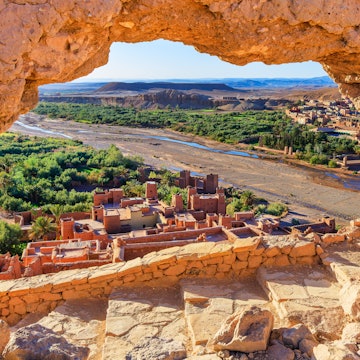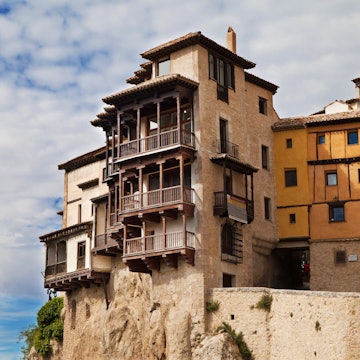

Valencia is one of Spain's most vibrant cities. Elena Rostunova/Shutterstock
Lucy is the author of our latest Pocket Valencia travel guide.
Spain’s third-largest city, sun-soaked Valencia is second to none when it comes to exciting experiences. For more than 2000 years, its character-filled streets have been shaped by builders who thought big, from the Romans who first landed here in 138 BCE to the contemporary architects who have used the city as a canvas for their creativity.
The result is an incredible array of sights and attractions in this bike-friendly city.
Gorgeous buildings spring out at every turn, from ancient monuments to spaceship-like installations. Culture lovers come here for a major arts scene, while foodies dig into local delicacies – whether a traditional paella or perfectly runny cheesecake at a Michelin-starred restaurant at the main market.
From awesome architecture to under-the-radar galleries, here’s our guide to the best things to do in Valencia.
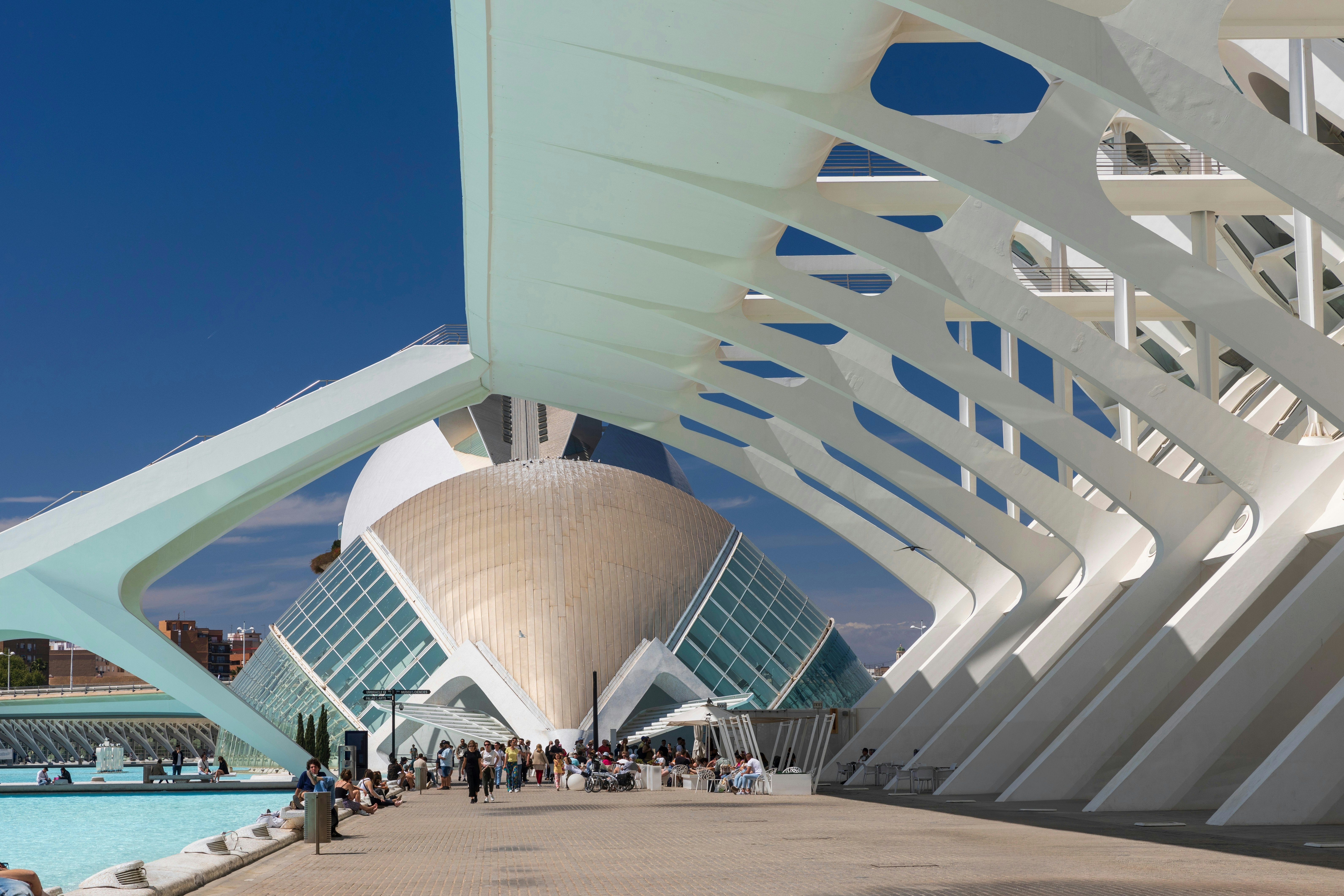
1. Marvel at otherworldly architecture
Valencia’s most photogenic attraction, Ciudad de las Artes y las Ciencias is an essential stop for any visitor. Occupying a 1.5km (1-mile)-long swath of the old Turia riverbed, the complex is largely the work locally born, world-famous architect Santiago Calatrava. While the project has drawn its fair share of controversy due to budget overruns and design issues, it’s nonetheless awe-inspiring stuff, and pleasingly family-oriented. Looking for a lunch stop? Nestled beneath Palau de les Arts Reina Sofía, the Contrapunto Les Arts has a terrace that makes for an inviting stop. Settle into a wicker sofa and enjoy fantastic views of the turquoise ponds.
Detour: Like Calatrava’s style? Seek out his lesser-known buildings around the city, like the Alameda metro station (Estación de Alameda) from 1995. Completed three years before Ciudad de las Artes y las Ciencias, the signature fluid shapes and glittering trencadís tiles mark it clearly as the work of the master.
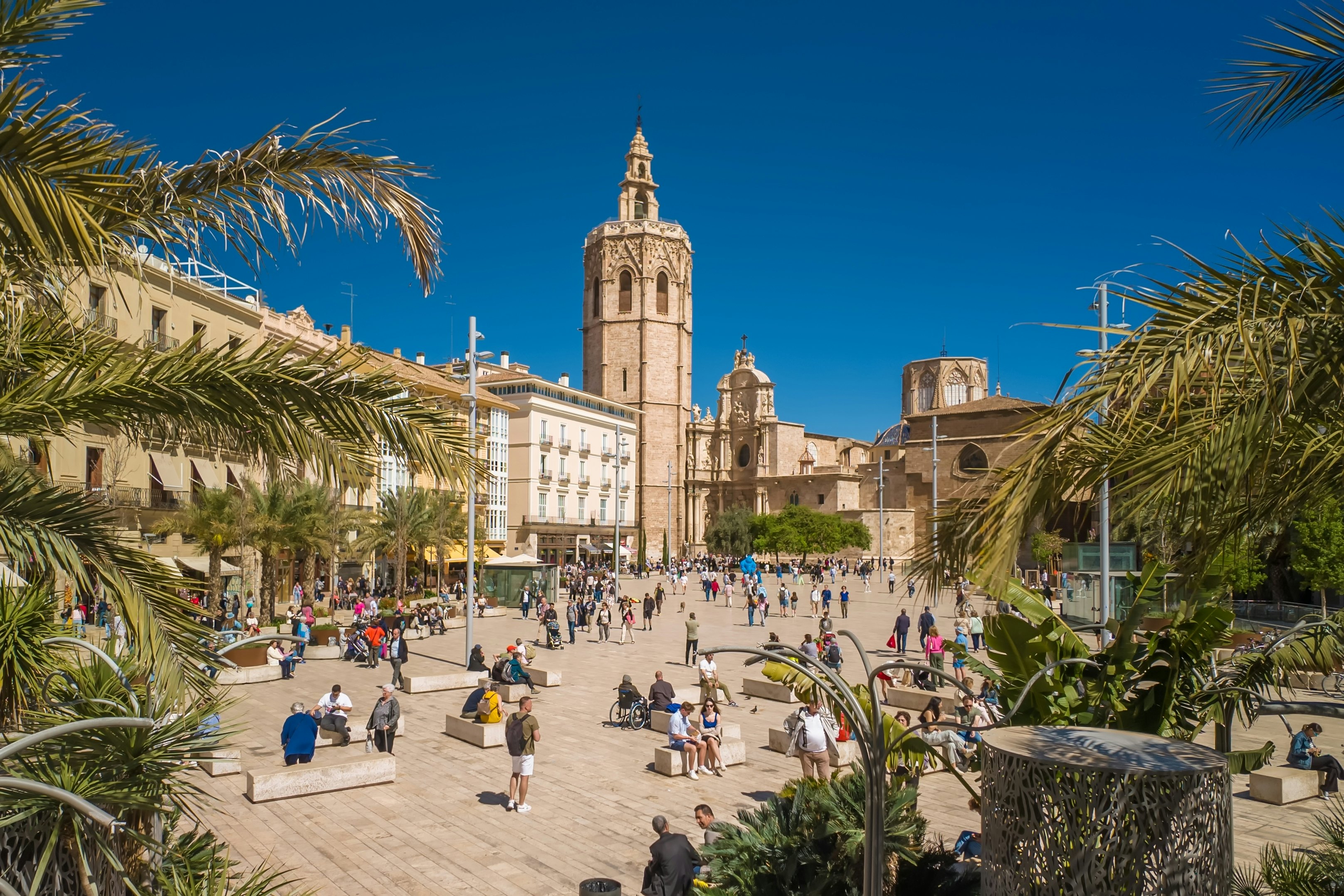
2. Climb the cathedral’s bell tower
Most people visit Catedral de Valencia to see the Roman-era agate cup claimed to be the Holy Grail, or the rich Italianate frescos. But there’s another way to experience this 13th-century masterpiece: by climbing the 207 steps of its bell tower. The tightly coiled staircase leads to a terrace with fabulous views (if you stand on your tippy toes, you can glimpse the sea). Towering overhead, the 7.5-ton bell called El Miguelete chimes on the hour. As you might imagine, it’s unbelievably loud – and probably best avoided unless you enjoy an almighty fright. Arrive early to avoid the queues and bring cash to access the tower, which costs €2.50.
Local tip: You might spot a few pregnant ladies lingering in the nave of the cathedral. They’re not just getting in their daily steps: they’re here to see the Virgen del Coro, located just behind the altar. Apparently, if you walk the perimeter of the cathedral nine times she’ll bless you with a healthy birth.
3. Cycle Spain’s largest urban park
One of the main reasons Valencia feels so green and open is the sensational Jardines del Turia, a 9km (5.5-mile) ribbon of lush parkland that stretches from the city to the sea. The best way to enjoy it is by bike (Happy Tourist Center stocks chic B’Twin models). Find your way into the park from anywhere in the city center, then head southeast and toward the ocean. Pedal past the Ciudad de las Artes y las Ciencias and push on to Playa de la Patacona to find La Más Bonita, a bohemian café with a laid-back terrace on the seafront.
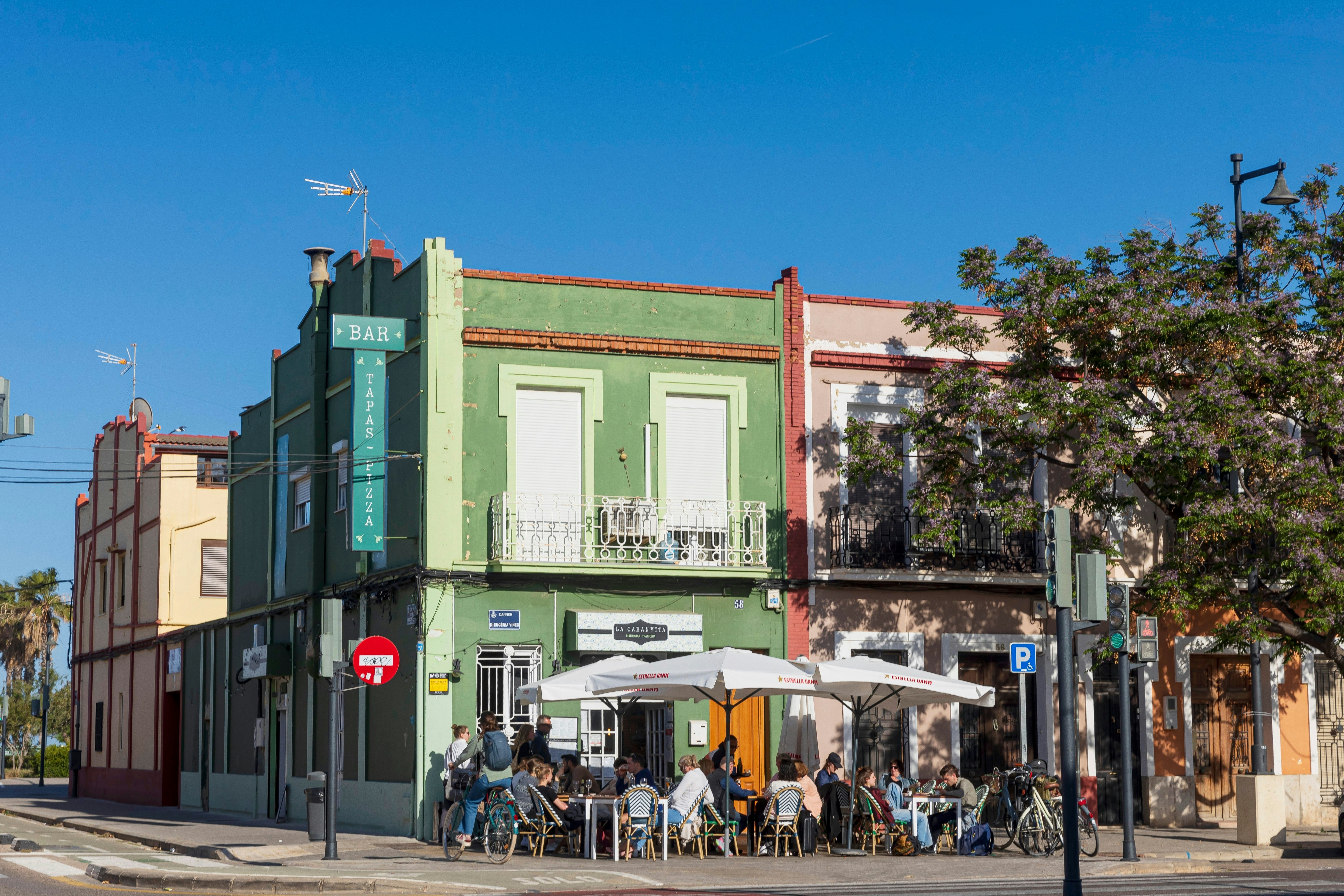
3. Fall in love with almuerzo
In Spanish almuerzo means lunch – and in Valencia something else altogther. Also called esmorzaret in the local language, Valenciano, almuerzo is a hearty second breakfast, taken around 11am. The star is a gigantic sandwich (bocadillo), served with peanuts, olives and a beer – although wine with fizzy water is also traditional. It finishes with a cremaet, a coffee with flambéed rum, lemon and cinnamon.
Historically, this memorable meal helped laborers fuel up before a hard day’s work; today, it’s a widely loved local ritual. Part of the beauty is its leveling effect: regardless of age, gender or profession, everyone rolls up their sleeves for a messy bocadillo. Want to get involved? Head to La Pergola and order the superbonbón, or go to Nuevo Oslo in western Valencia, where owner Raúl backs his claim to being “king of almuerzo” by handing out plastic crowns.
4. Unwind in an urban oasis
Tucked away from the crowds but still easily walkable from central Barrio del Carmen, Jardín Botánico is a verdant oasis ideal for morning walks or balmy evening strolls (it’s open until 8pm). The institution’s roots stretch back to the 16th century. It found its permanent home at the current site in 1802, and botanical-education classes took place here in the 19th century, before it fell out of use. A 10-year recovery project was finished in 2000, rehabbing old features and adding new attractions, like the grand orchid and fern glasshouses.
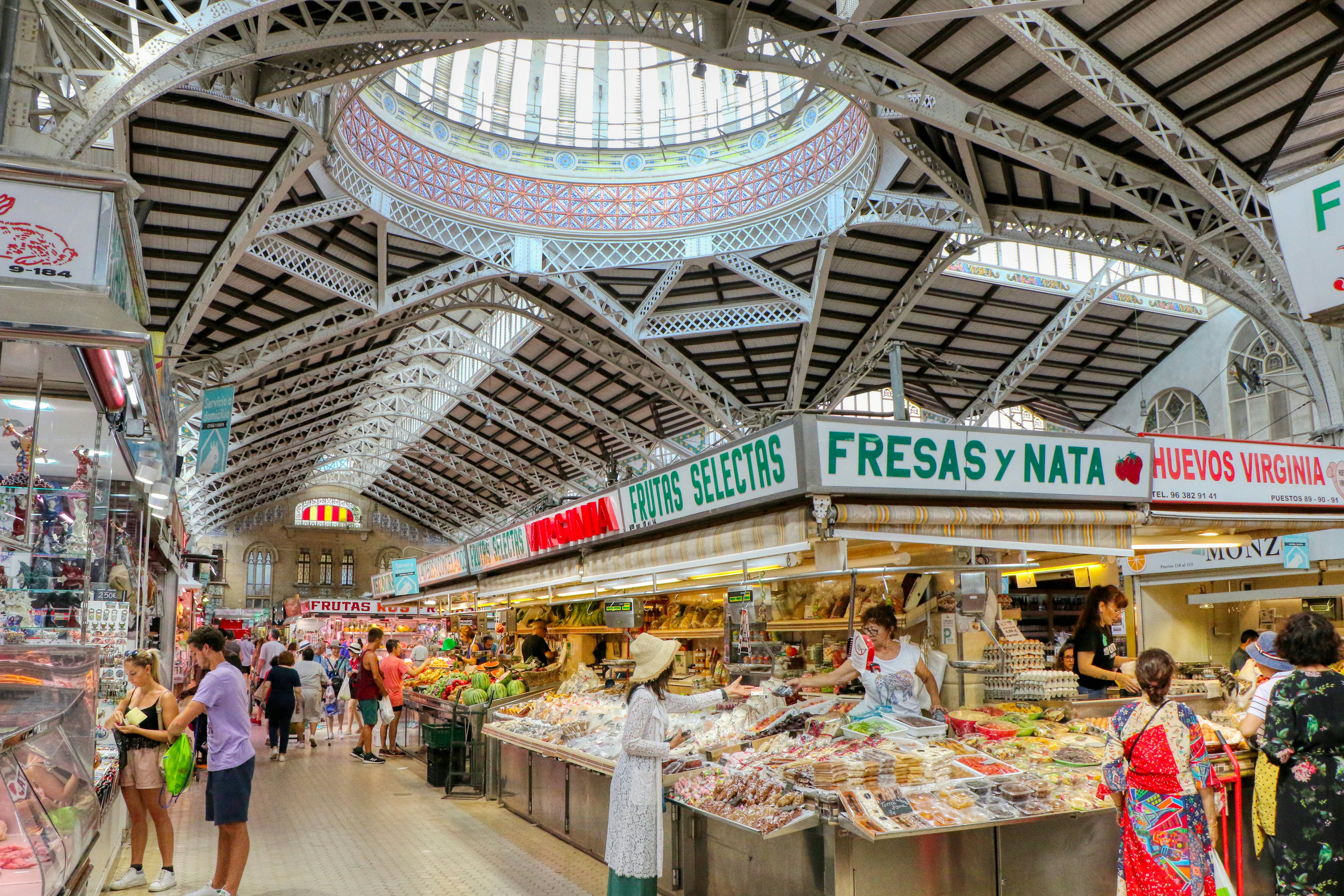
5. Feast on local delicacies at Mercado Central
Arrive hungry at the Mercado Central: this stained-glass Modernista structure is where you’ll find the city’s freshest vegetables, plumpest fruit and most fragrant cheese. Inside, traders gossip beside piles of sun-ripened cherries while visitors marvel at tomatoes the size of teapots. Don’t miss the cheesecake at Solaz – it’s made by the team at the double-Michelin-starred Ricard Camarena Restaurant. The place gets busy fast, so it’s best to arrive as early as possible. Sit down for breakfast at Central Bar (open starting at 9am) and watch the market wake up.
Local tip: Mercado Rojas Clemente in western Valencia is a smaller, more down-to-earth market with equally delicious traders. Find mini organic watermelons at Terra i Xufa and spectacular cold brew at Ki’bok. Outside, Bar Restaurante Rojas Clemente is a no-frills spot famed for its almuerzo-hour bocadillo.
6. Visit the birthplace of paella
South of Valencia’s city center, the Parque Natural de la Albufera is the birthplace of paella. Here, rice paddies surround a 27-sq-km (10.5-sq-mile) freshwater lagoon. And in the town of El Palmar, restaurants serve up the rice in umbrella-sized pans, using only ingredients their forebears would have had close to hand. Pre-order the award-winning house paella at Bon Aire, and book the terrace for views of the paddies. On Sunday afternoons, families fill the tables and engage in animated conversations while scooping spoonfuls of rice straight out of the pan.
Local tip: In Valencia, there is only one type of paella, made with rice, rabbit, chicken, garrofón (white beans) and sometimes snails. Anything else is considered “rice with things.” That’s not to say that other rice dishes aren’t popular (arroz del senyoret – rice with bite-sized seafood – is always a hit); they are. But no local would dare call them paella.
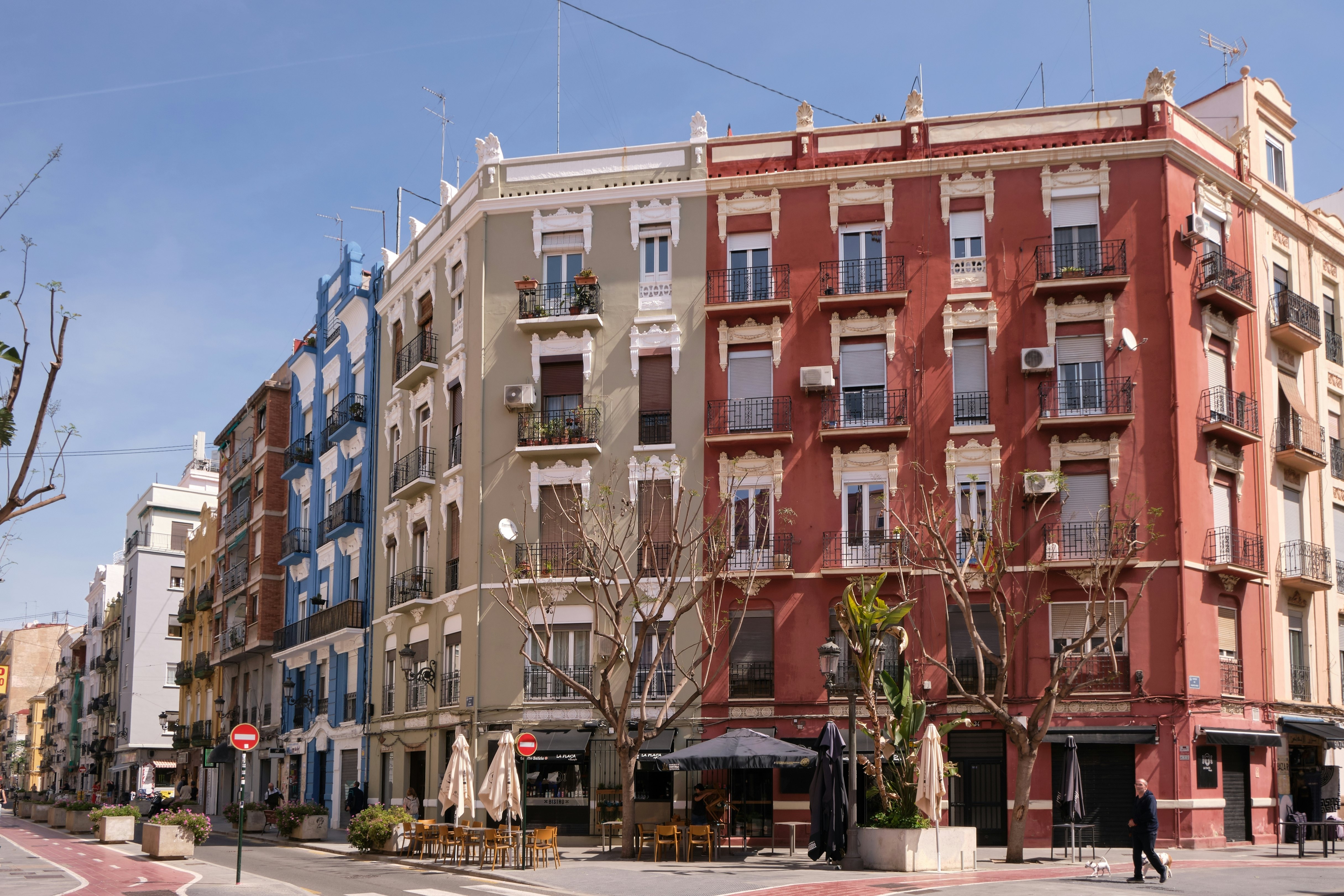
8. Discover hidden art galleries in Russafa
While the artsy neighborhood of Russafa has boomed in popularity in recent years, there are still lesser-known corners to explore, and hunting down its hidden galleries will show you the district’s creative spirit. Begin at Sporting Club Russafa, a grassroots arts hub set inside a vast old warehouse, where artists work in open studios and chat with visitors. And the teeny Gabinete de Dibujos is so scarcely marked that finding it feels like a real thrill. Ring the doorbell to be admitted to a parking-space-sized gallery, where exhibitions are loosely tied to the theme of drawing.
Detour: Just a three-minute walk from Sporting Club Russafa, Buñolería El Contraste is a time-warp bar selling the best buñuelos (a deep-fried treat made with pumpkins) in town. They’re hand-shaped by fourth-generation buñolero Mariano – who says they make a brilliant breakfast.
9. Party like a local
Always take a siesta – you’ll need it with Valencia’s spritely nightlife. Music fans love the laid-back vibes of Splendini. This record shop has a big communal table where folks sip beer, make friends and listen to the retro tunes of the DJ (they play on vinyl, naturally). Off the well-trampled path, in the Patraix neighbourhood, Hifi is the new venue by house music collective theBasement. More accustomed to popping up at quirky venues around the city, this is their first permanent home. Over in Poblats Marítims, Gran Martínez is a cocktail bar with none of the pomp. A cool crowd come to this converted old pharmacy to sip miso bloody Marys and listen to rare funk.
On the more kitsch end of the scale (and just a two-minute walk away), La Barbería is a petite LGBTIQ+ nightclub with cheesy ’80s bangers and regular drag acts. If in doubt, head to Radio City in the old town for late-night dancing and a friendly crowd. The dance floor is separated from the bar (which feels more like a pub than a club) by a thick velvet curtain, so deep chats over beers and throwing shapes happily coexist.









